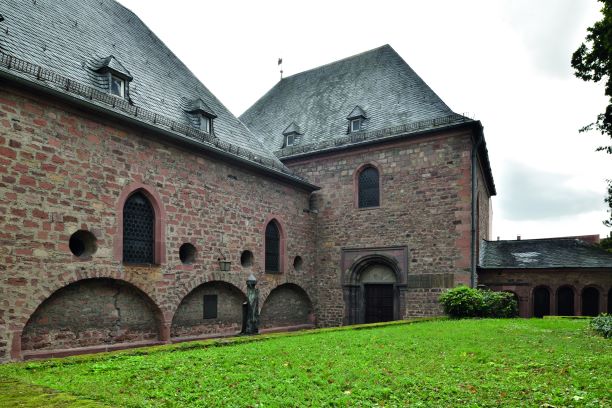UNESCO was this week busy inscribing new cultural and natural sites from all around the world on its World Heritage List showing how amazing the world is.
As already reported, Belgium gained two new sites in the list. Spa which gave its name to the concept of health resorts to was included among the 11 Great Spa Towns in Europe. The other Belgian site is Koloniën van Weldadigheid (Colonies of Benevolence) in Wortel, Antwerp, a social experiment in finding a solution to poverty.
In neighbouring Germany, the Jewish sites in the former Imperial cathedral cities of Speyer, Worms and Mainz, in the Upper Rhine Valley, were also inscribed in the UNESCO list. Dating from the early middle-ages, the Jewish communities have a link to Godfrey of Bouillon, the Belgian duke who would become the first Crusader king in Jerusalem, since they were attacked during the first Crusade in 1096.
The sites comprise the Speyer Jewry-Court, with the structures of the synagogue and women’s shul (Yiddish for synagogue), the archaeological vestiges of the yeshiva (religious school), the courtyard and the still intact underground mikveh (ritual bath), which has retained its high architectural and building quality.
The property also comprises the Worms Synagogue Compound, with its in situ post-war reconstruction of the 12th century synagogue and 13th century women’s shul, the community hall (Rashi House), and the monumental 12th-century mikveh. The series also includes the Old Jewish Cemetery in Worms and the Old Jewish Cemetery in Mainz.
According to UNESCO, “the four component sites tangibly reflect the early emergence of distinctive Ashkenaz (Jewish-German) customs and the development and settlement pattern of the ShUM communities, particularly between the 11th and the 14th centuries”. The acronym ShUM stands for the Hebrew initials of Speyer, Worms and Mainz.
The buildings that constitute the property served as prototypes for later Jewish community and religious buildings as well as cemeteries in Europe.
The Brussels Times

